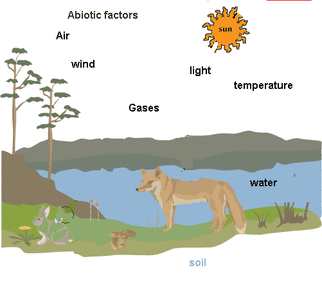Life Cycle

TThe The life expectancy of a platypus is around 20 years. This is much shorter than a human although, the reproduction of a platypus begins within the second year of their life. The life of a platypus begins when a female platypus mate's with a male in the water. When this is happening, the sperm cell races to meet with the egg cell so that it can fertilize it. The fertilized egg cell is called a zygote (see below). This zygote divide's into smaller daughter cells to begin the foundation of growing a new life form.
The fertilized egg is held inside the platypus' body for 21 days. After this, it will dig a burrow in the soil so that the temperature of the burrow is perfect. Then it will lay an average of two eggs. These eggs are soft unlike many reptiles. The mother will usually incubate the eggs for 10 days until they hatch. After that, the mother will nurture them and feed them milk for another 3-4 months. After this the platypus begins to become more independent and crawls out of the burrow.
Zygote:
The zygote is the egg cell which has been fertilized. Once it has begun splitting, it begins to form the different cells, eg. red blood cell. Once multiple cells have been formed, the organs will slowly form. Once the organs have been created, it will soon become a functioning body system.
The fertilized egg is held inside the platypus' body for 21 days. After this, it will dig a burrow in the soil so that the temperature of the burrow is perfect. Then it will lay an average of two eggs. These eggs are soft unlike many reptiles. The mother will usually incubate the eggs for 10 days until they hatch. After that, the mother will nurture them and feed them milk for another 3-4 months. After this the platypus begins to become more independent and crawls out of the burrow.
Zygote:
The zygote is the egg cell which has been fertilized. Once it has begun splitting, it begins to form the different cells, eg. red blood cell. Once multiple cells have been formed, the organs will slowly form. Once the organs have been created, it will soon become a functioning body system.
Repair and Replacement Of Cells
All through our life, we repair and replace certain cells. However, some cells like the ones found in the brain can never be repaired or replaced. Examples of cells that are constantly being replaced are the red blood cells. These cells are continuously being created in the bone marrow. For other cells, the process for the replacement of cells is called mitosis. This is when a cell splits into two to make another cell. It could also be known in a way as asexual reproduction. This type of reproduction happens when the their is one type of organism and others are created from it.


